Skin Infections
BACTERIAL
Staphylococcus aureus and Streptococcus species are responsible for the vast majority of these infections. For more information and in-depth discussion, consider “Am I disqulified?-Educational DVD.
Cellulitis
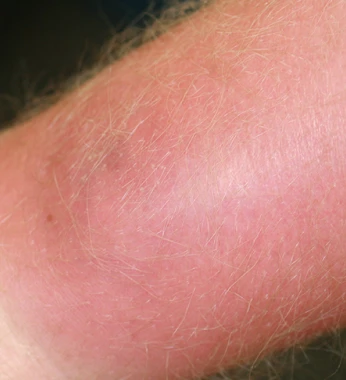
Folliculitis
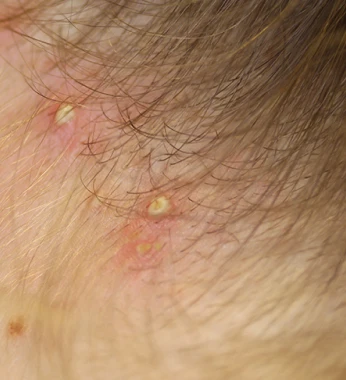
Impetigo
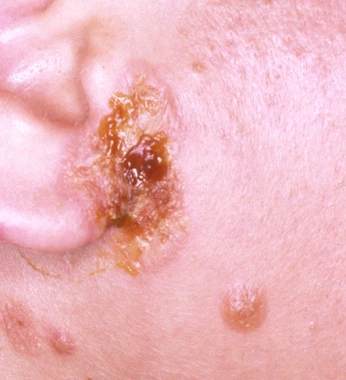
CA-MRSA
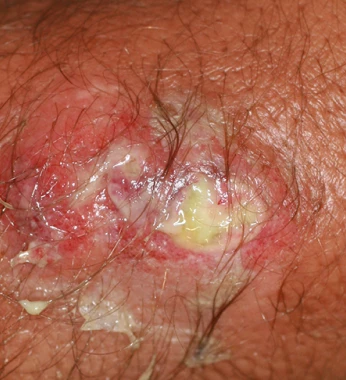
fungal
Primarily due to dermatophyte (Fungus) Trichophyton tonsurans. Can invade skin on any part of the body, but has high predilection for the scalp. For more information and in-depth discussion, consider “Am I disqualified?-Educational DVD.”
Tinea Corporis Gladiatorum, a.k.a. Ringworm
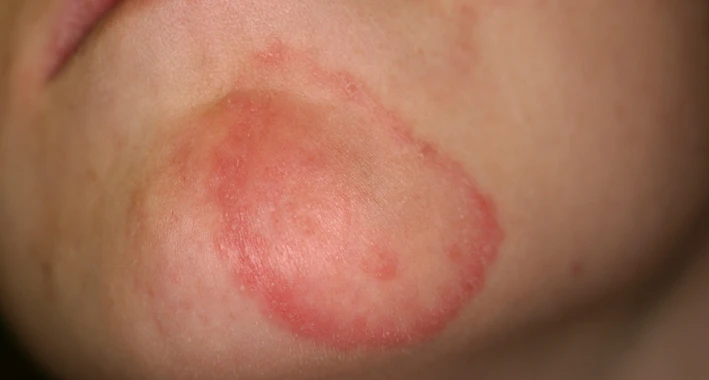
Kerion
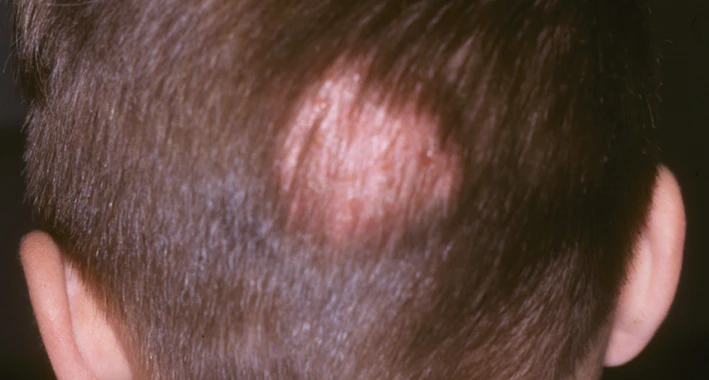
viral
Viral infections that spread via direct skin-to-skin contact. For more information and in-depth discussion, consider “Am I disqualified?-Educational DVD.”
Herpes Gladiatorum
The same virus that causes ‘cold sores’ Herpes Simplex Type-I. It develops as a collection of small blisters or vesicles typically located on the head, face or neck. These vesicles have a reddened base and when broken can secrete a clear or yellow fluid. Regional lymph nodes near the areas involved can get swollen and tender. Low grade fever, sore throat and general fatigue can appear when a primary outbreak develops. With recurrent outbreaks the symptoms are less apparent. They usually present with ‘pins and needles’ sensation at the site before vesicles develop. Reoccurrence over an individuals life is the rule, not the exception.
